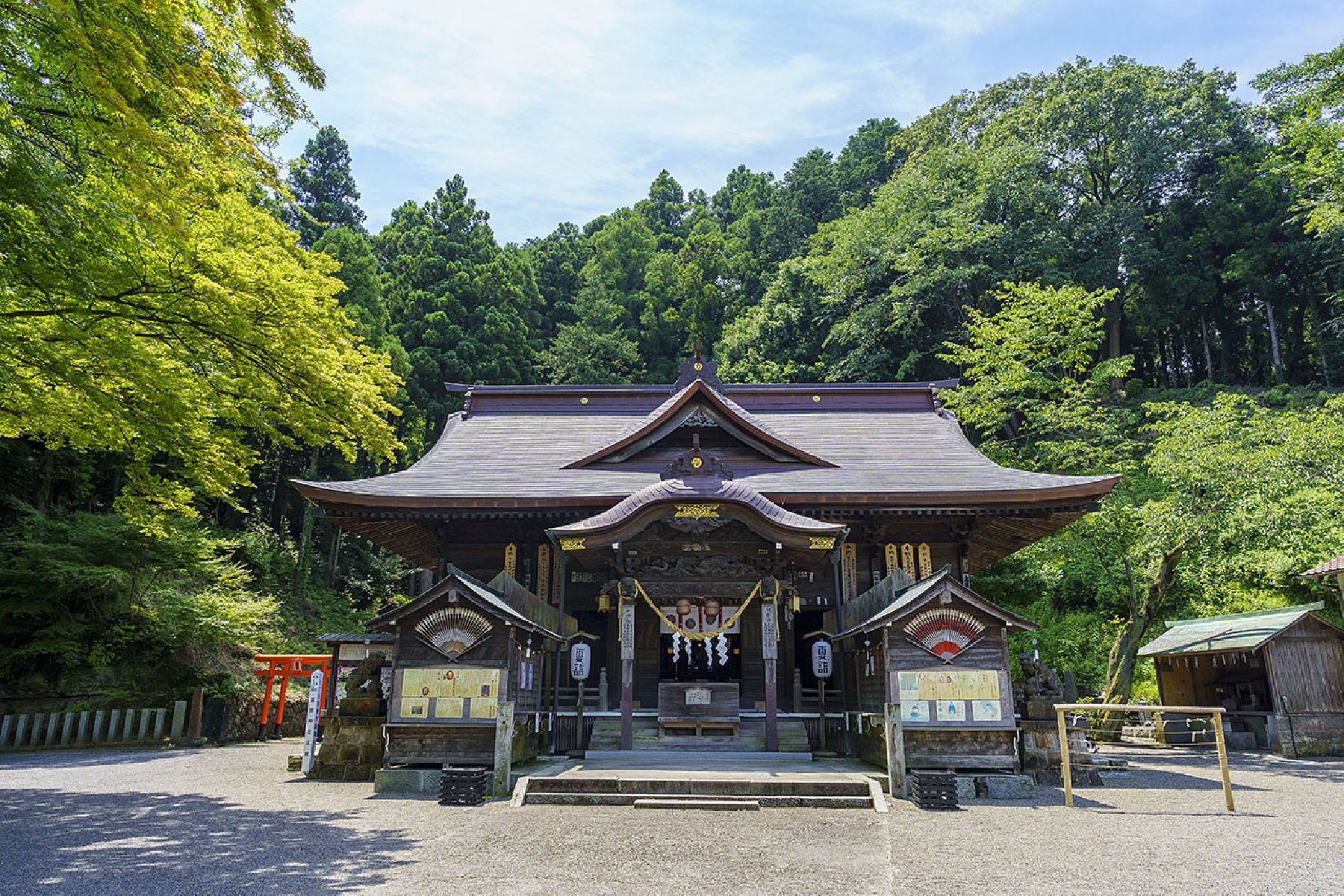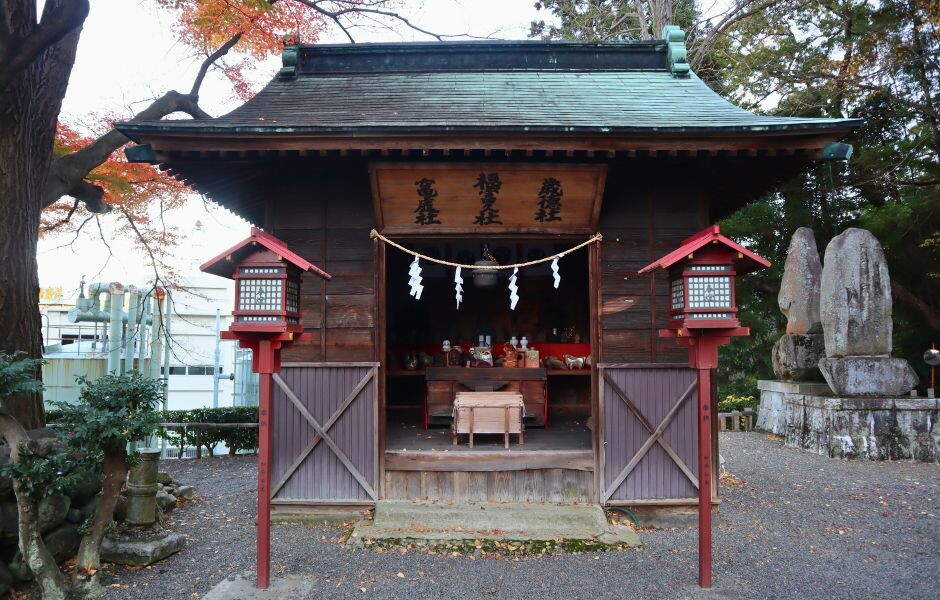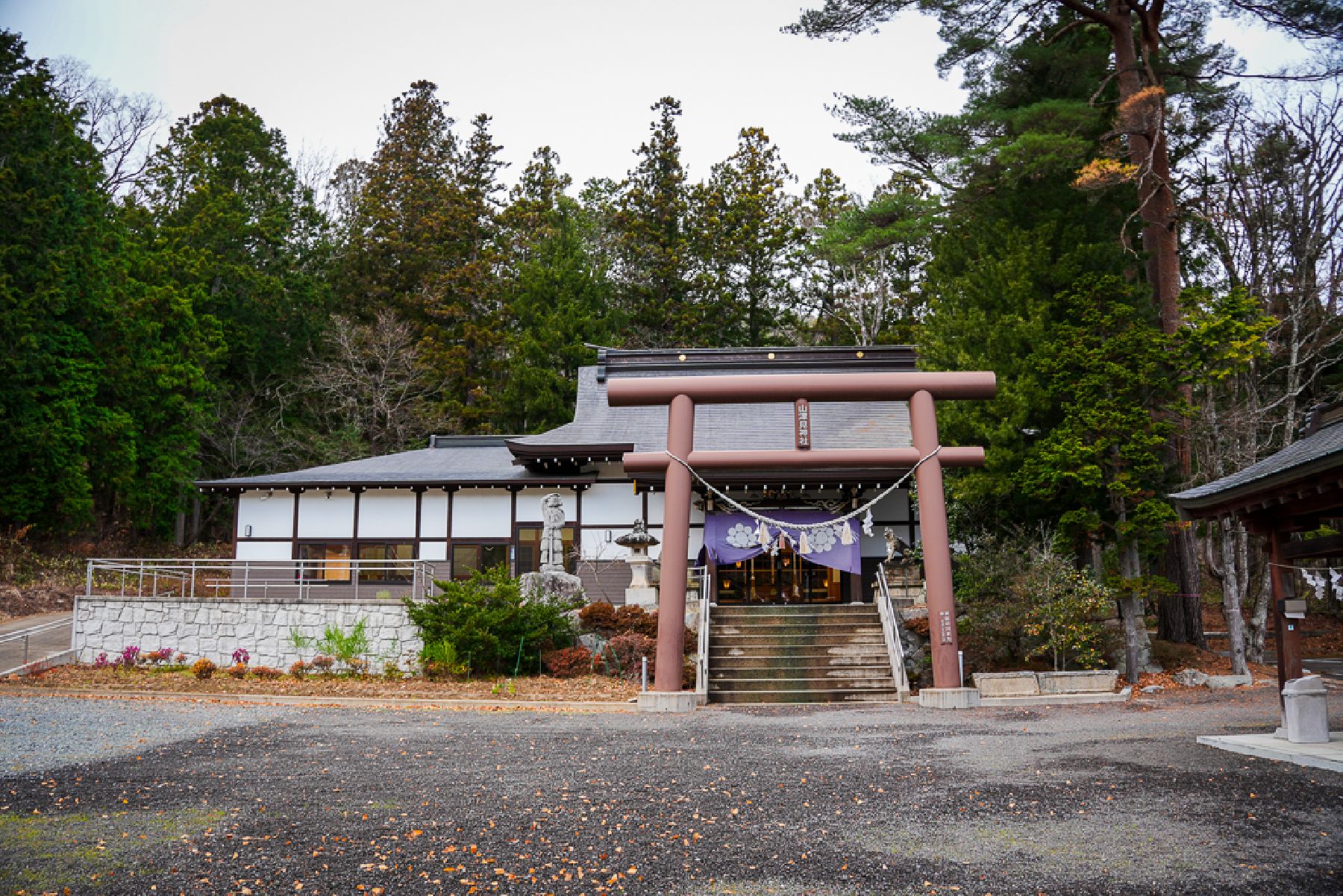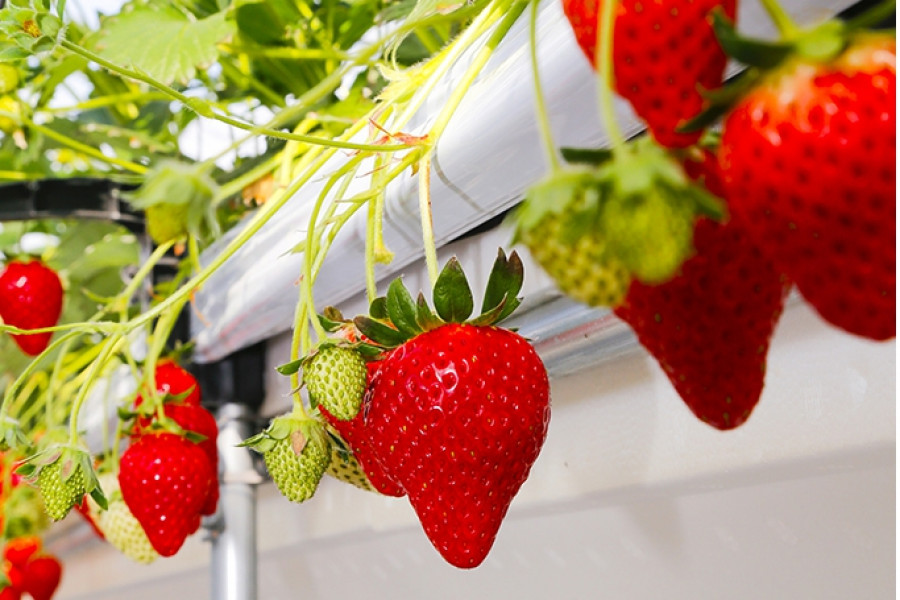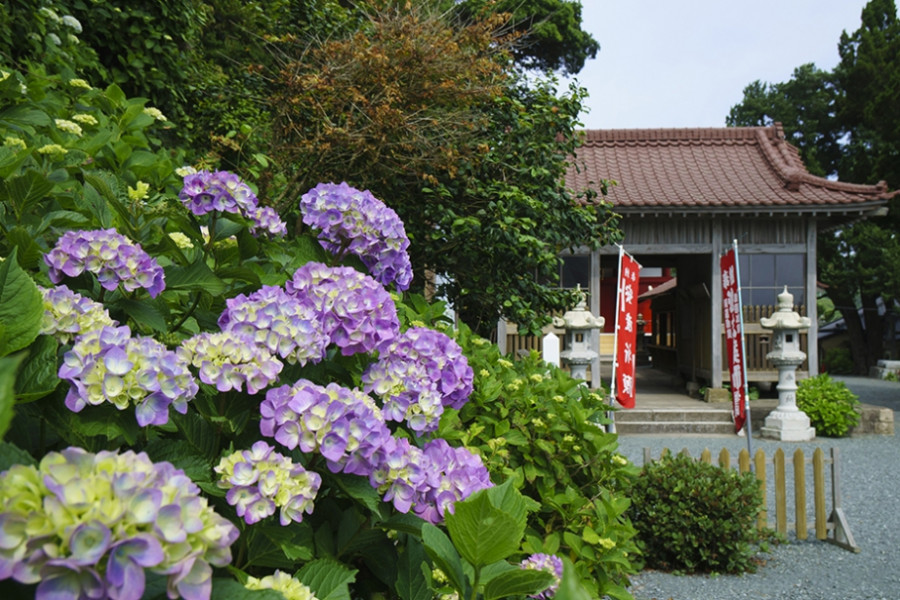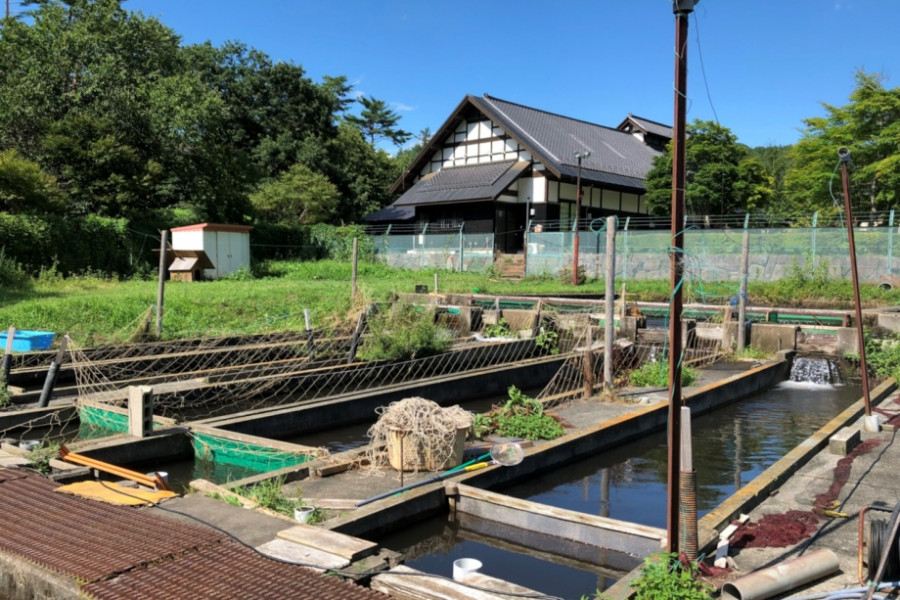
Minamisoma City Museum
The Minamisoma City Museum is located on the eastern side of the Soma Nomaoi festival grounds within the spacious Higashigaoka Park.Its exhibitions center around the Soma Nomaoi festival, a traditional festival of the Soma region that is a nationally-designated important intangible cultural property, and the nature, history, and culture of the local region.
